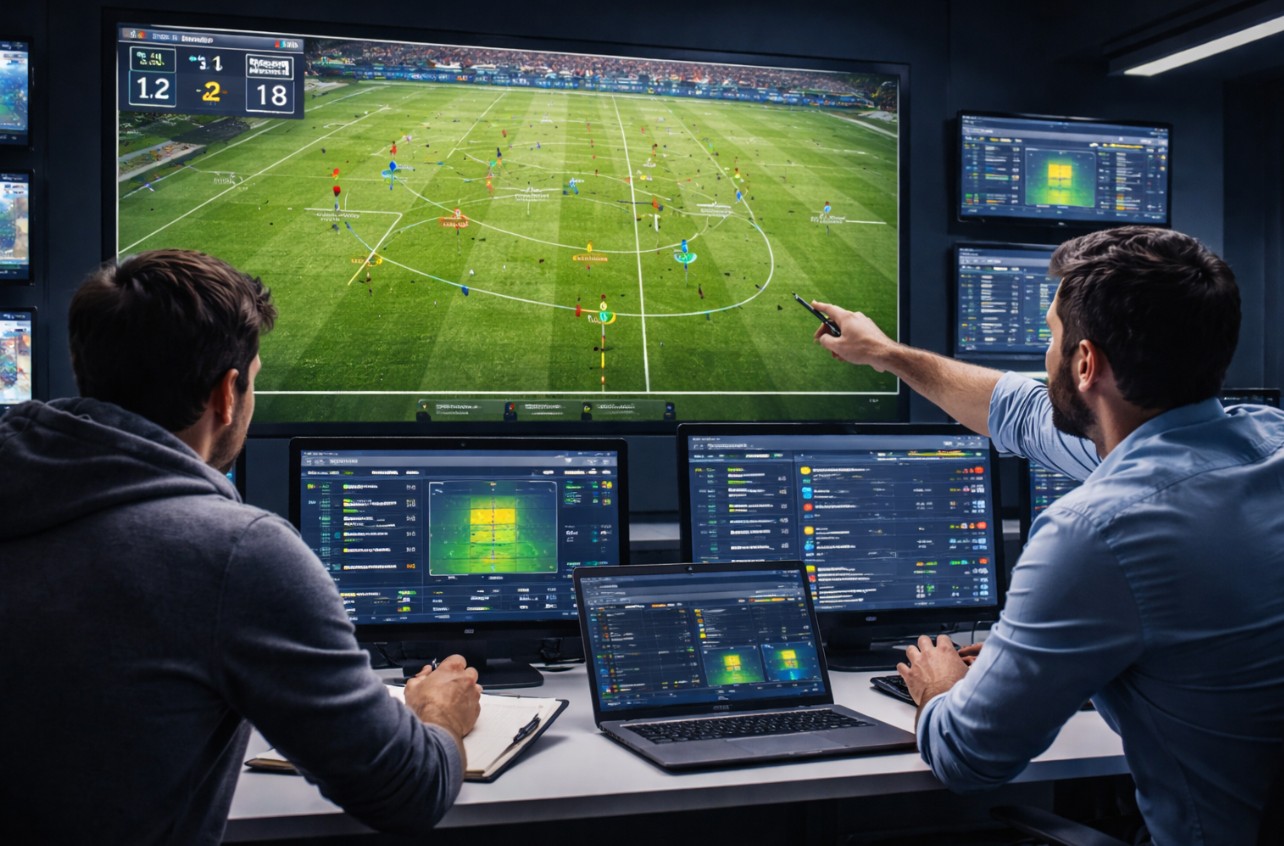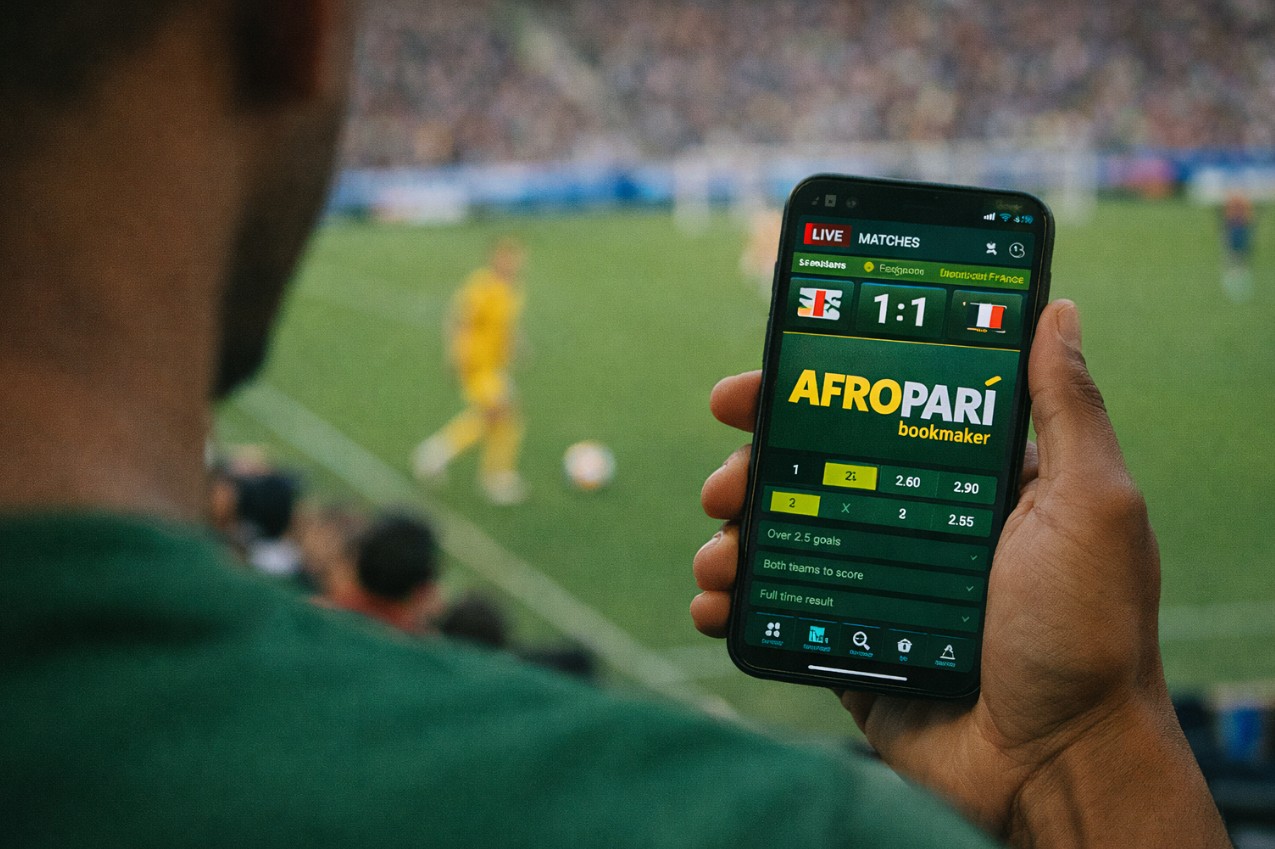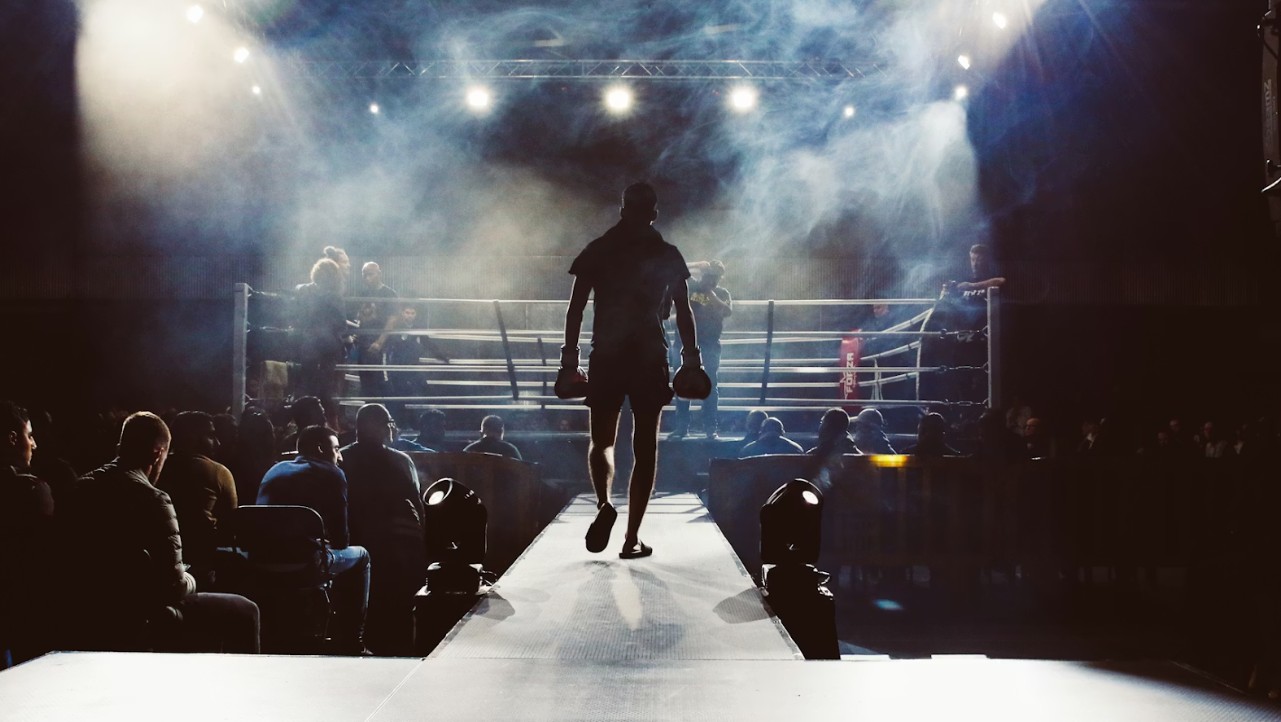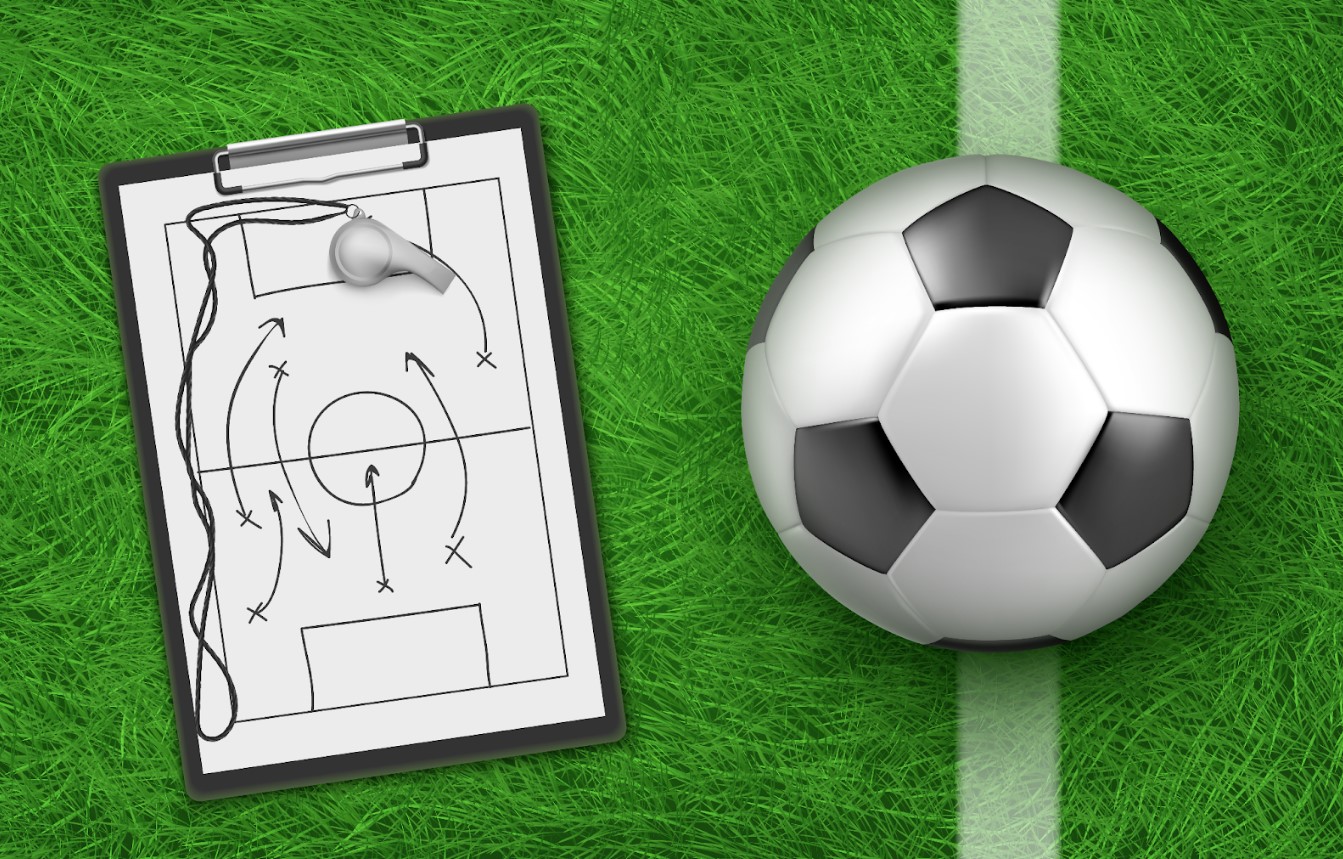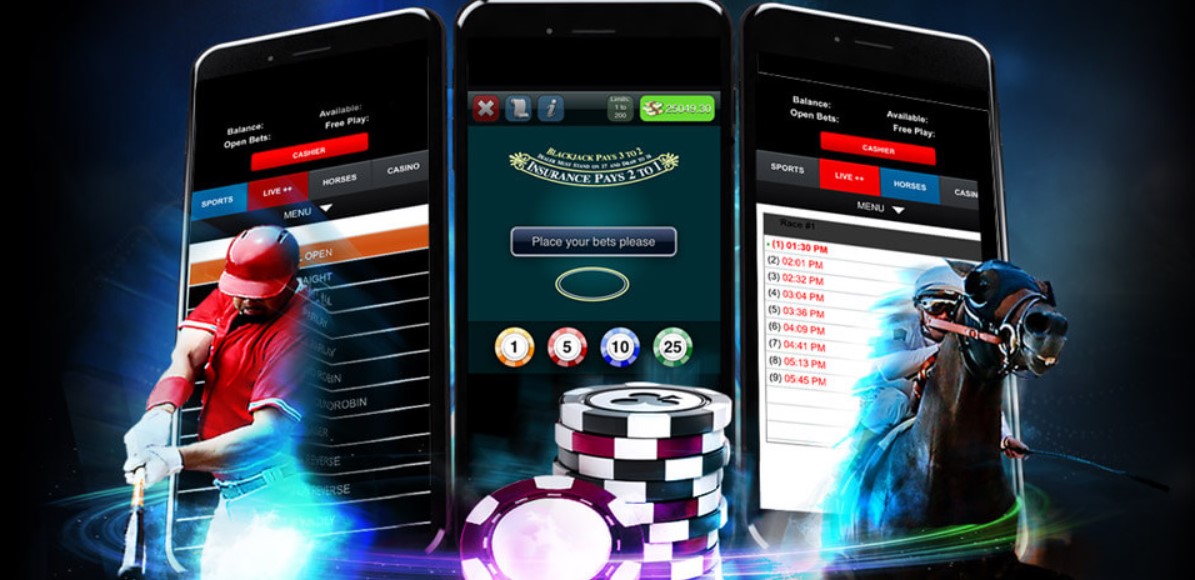The Most Memorable Halftime Shows in Sports History
The halftime is not a break but the real thing. Pe
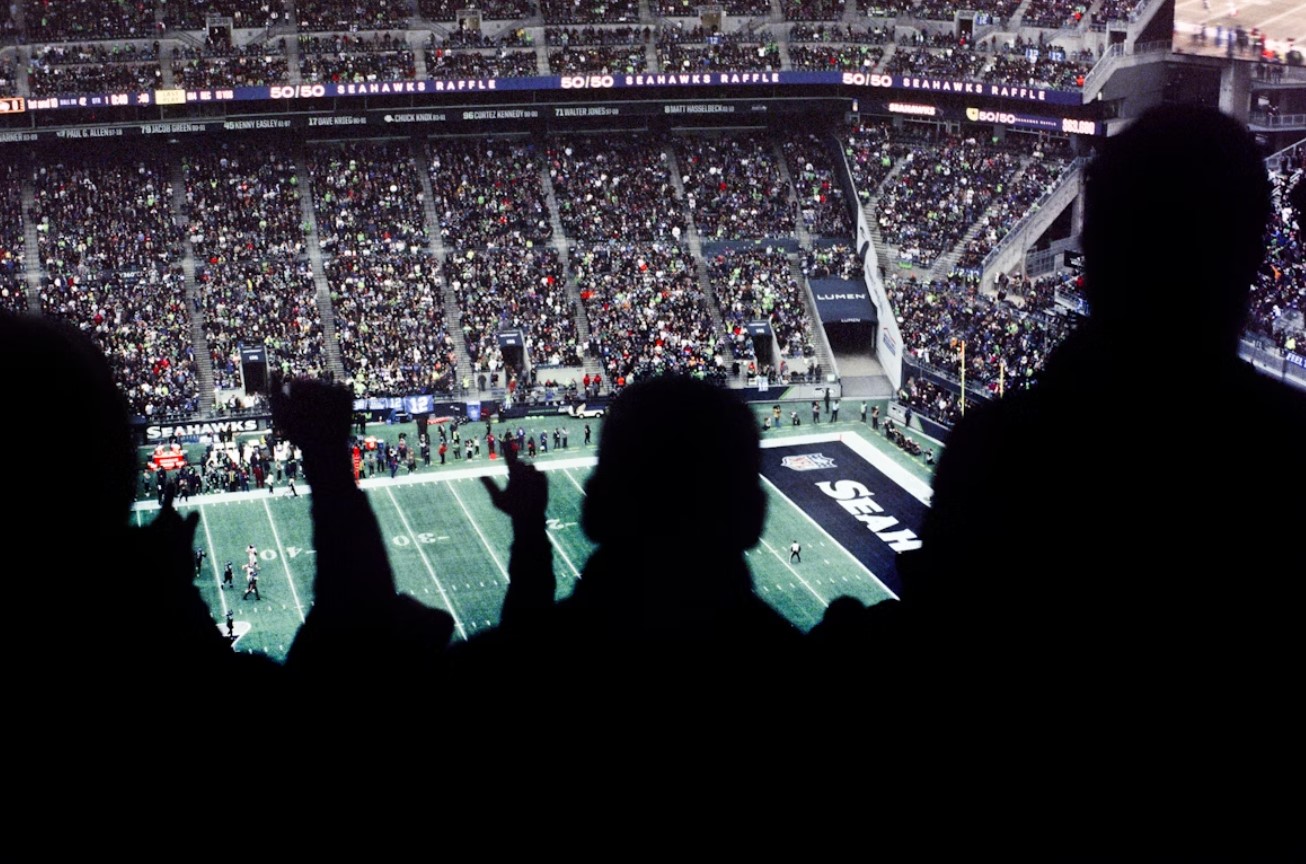
The halftime is not a break but the real thing. People watch not only the game but also the show. These shows are characterized by stadium-shaking music and jaw-dropping visuals that define pop culture. Are you ready to take a look at the best-ever halftime moments? Take a plunge and find out which ones made history.
Legendary Super Bowl Performances
The halftime show of the Super Bowl has evolved into a showcase for the most popular musicians to make an appearance. In 1993, Michael Jackson offered the gold standard as he performed a show that left the crowd roaring with the first note. In 2013, Beyoncé performed a show that featured unparalleled choreography and live vocals, elevating production value to the next level.
Most recently, the simplicity of an otherwise minimal but eye-catching floating stage in Rihanna's 2023 show demonstrated that even simplicity can attract a worldwide audience. Not only is such a high-profile event beneficial to viewers, but it is also beneficial to platforms like Melbet, where more people will be interested in the hype surrounding these shows. This break becomes more of an event than the game itself.
Historic College Football Traditions
College football possesses a halftime magic of its own, founded on devotion, accuracy, and extravagance. These shows focus on marching bands, which excite fans with their precision and big brass. Highlights include:
- Ohio State Script: it is known for its formation, which is executed flawlessly.
- Fightin Texas Aggie Band of Texas A&M: precision that is military in style and now a legend.
- The irreverent, satirical shows of the Stanford Band: unpredictable and sometimes controversial.
They are not mere time-wasters, but they are also a part of the alumni and student culture, and they are a game-day tradition that helps connect fans with a ritual to follow to every weekend. Bands will practice for hours every week and take halftime as seriously as teams take practice.
Diverse Global Halftime Entertainment
Major events beyond the U.S. offer their halftime effect. The audiences in stadiums watch performances that blend local culture with world pop. Such performances are organized months in advance and are intended to amaze viewers both in the venue and those watching from across the borders. Even the football betting markets respond to the projected performers or the theme of the shows. These performances serve as explicit declarations of the host’s identity and style.
FIFA World Cup Finals
The halftime shows at the World Cup mix world superstars and national culture. The 2010 final in South Africa was played to the tune of Shakira's «Waka Waka», which linked a world audience with African music. Her performance was not just hype but rather an acknowledgement of the dancing rhythms and traditions of the host nation.
The 2014 final in Brazil did not leave local sounds in the background either. Traditional percussion and dance were also performed to indicate Brazilian heritage. It was not a pop show copied from somewhere but a genuine celebration. These shows aim to express national pride, attract a massive audience, and remain authentic and realistic.
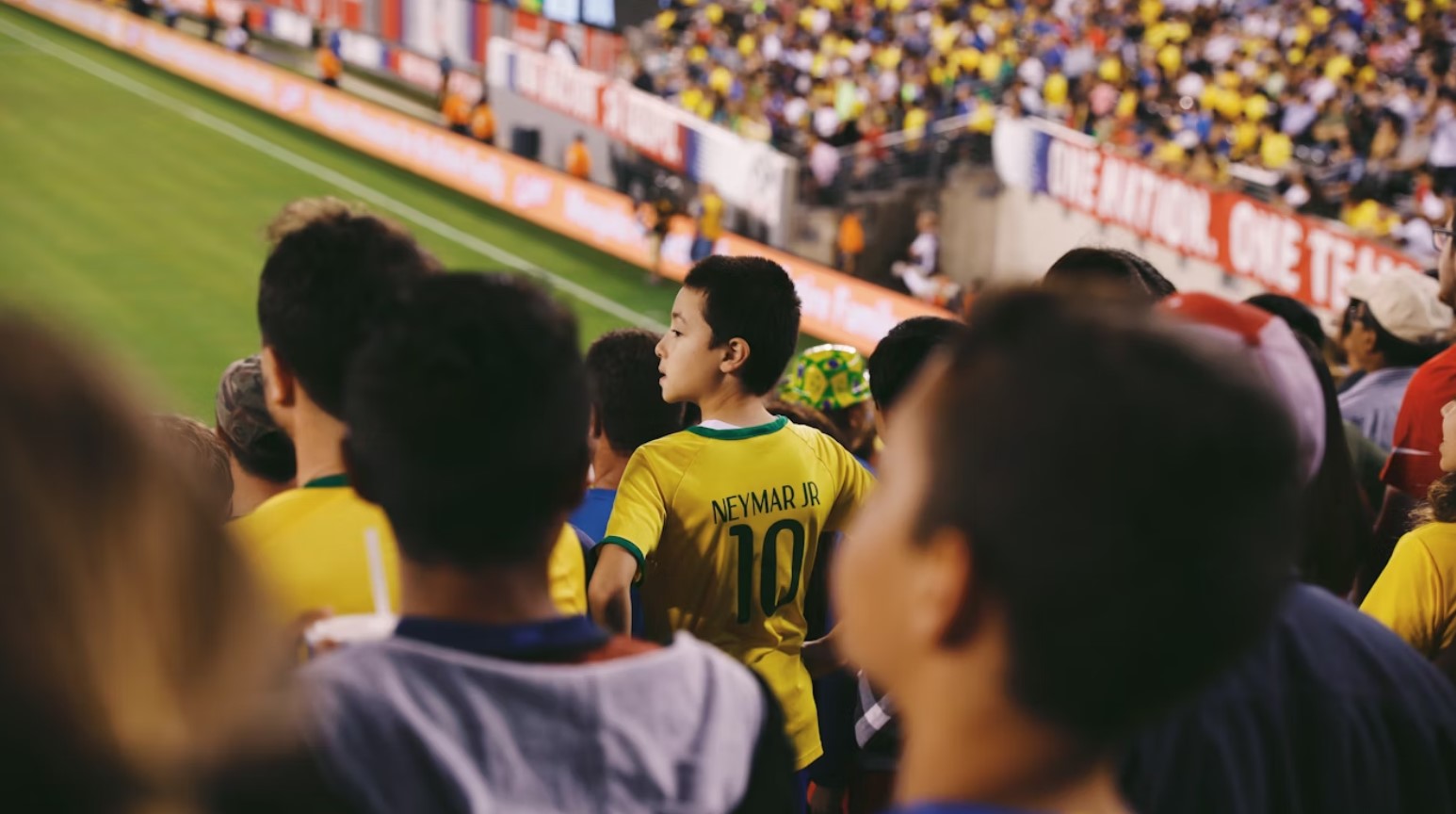
Olympic Opening Ceremonies as Halftime Equivalents
Olympic openings are technically halftime, but they serve the same purpose: to provide entertainment that captures the world's attention at the right time. The history lesson offered by London 2012 was sharp and humorous, with music ranging from punk to Britpop. The direction of Danny Boyle was more of a film than a parade.
The Beijing 2008 Olympics featured more than 2,000 synchronized drummers and giant LED scrolls, which depicted the Chinese desire to be a global presence. It was meant to announce China's arrival on the international stage. These rituals unite national culture and high staging. They are a national narrative, all in a compact bundle, and millions of people are watching in real-time.
Halftime Shows with Political Messages
Not all halftime shows are just entertaining; some of them make a statement. In 2016, Beyoncé performed at the Super Bowl, wearing Black Panther-like costumes and giving tribute to Black Lives Matter. It was not discreet, and it sparked a heated debate about whether there should be a mixing of sports and activism. She took the largest platform of American entertainment to raise awareness about social problems, prompting fans and the press to discuss it.
The U2 Super Bowl performance in 2002 was dedicated to the memory of 9/11 victims, whose names were shown behind them. It was straightforward and gloomy, which permeated the typical party atmosphere. Such performances show that halftime does not always adopt a neutral position. Occasionally, it evolves into a platform that artists use to address significant topics in millions of living rooms simultaneously.
Technological Innovations in Halftime Shows
The latest halftime performances are based on the latest technological innovations. Live effects are produced through augmented reality, large LED stages, and drones performances. Such improvements alter the expectations of the fans of the break. The monetary aspect of production has made halftime an event where artists compete to bring the most visually impressive show ever.

